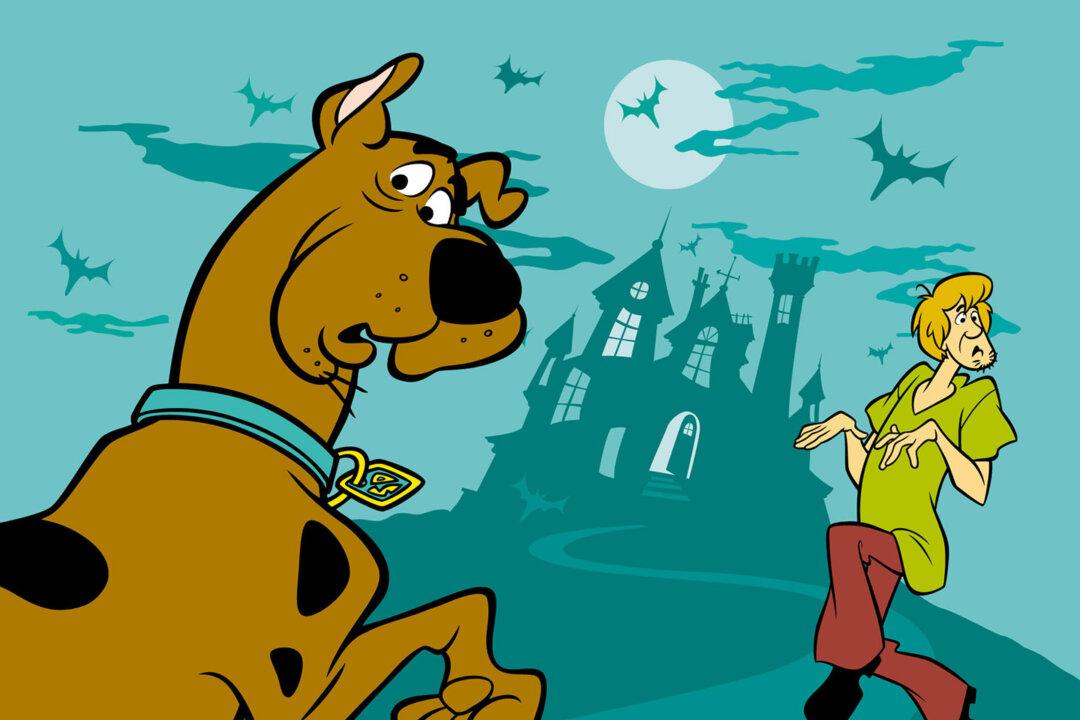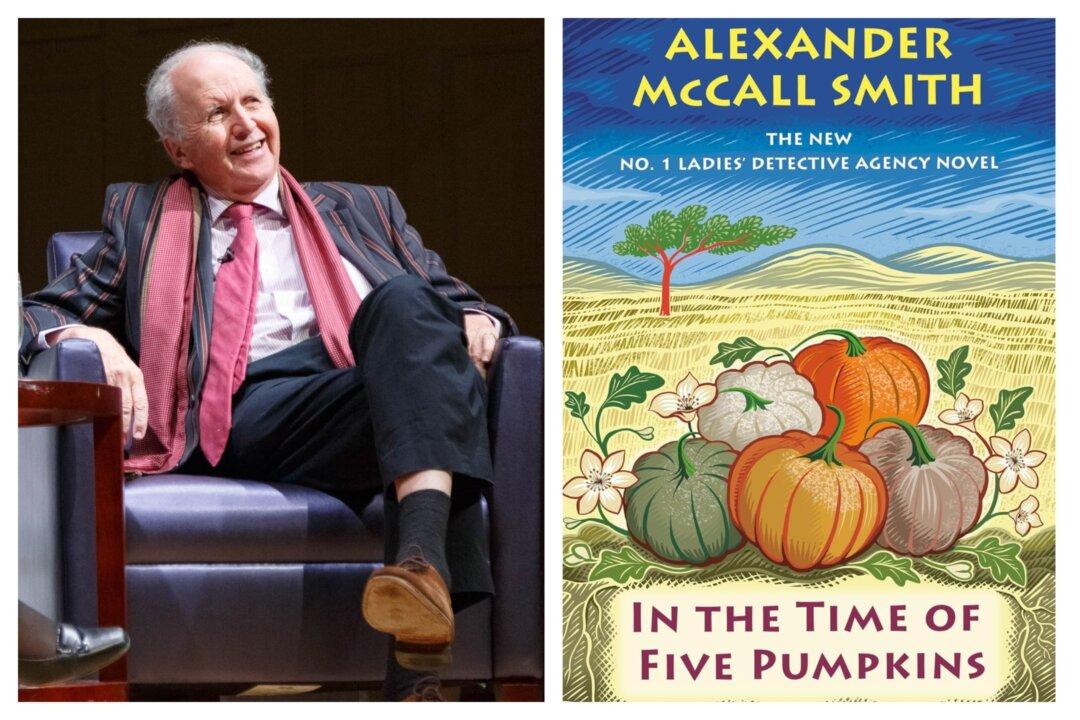Adults who grew up watching “Scooby Doo, Where Are You!” likely have fond memories of the brown Great Dane who is scared of his own shadow and who, along with his human buddy, Shaggy, loves to eat pizza. However, it may not be as well known that parents actually helped shape the series when they complained about the violence in children’s shows in the ‘60s.
The show premiered on Sept. 13, 1969, at 10:30 a.m. on CBS, where it aired during the Saturday morning cartoon-time slot for two seasons. Viewers soon became familiar with Scooby-Doo’s gruff “Ruh-roh, Raggy” (“uh-oh Shaggy”) to his sidekick and partner-in-crime, Shaggy, with the latter’s signature rejoinder, “Zoinks!” These were uttered whenever they met an unexpected ghostly figure in one of their many mysteries, and the familiar lines have been repeated by enraptured youngsters in many households. The “scary” show continues to bring more laughs than chills.





